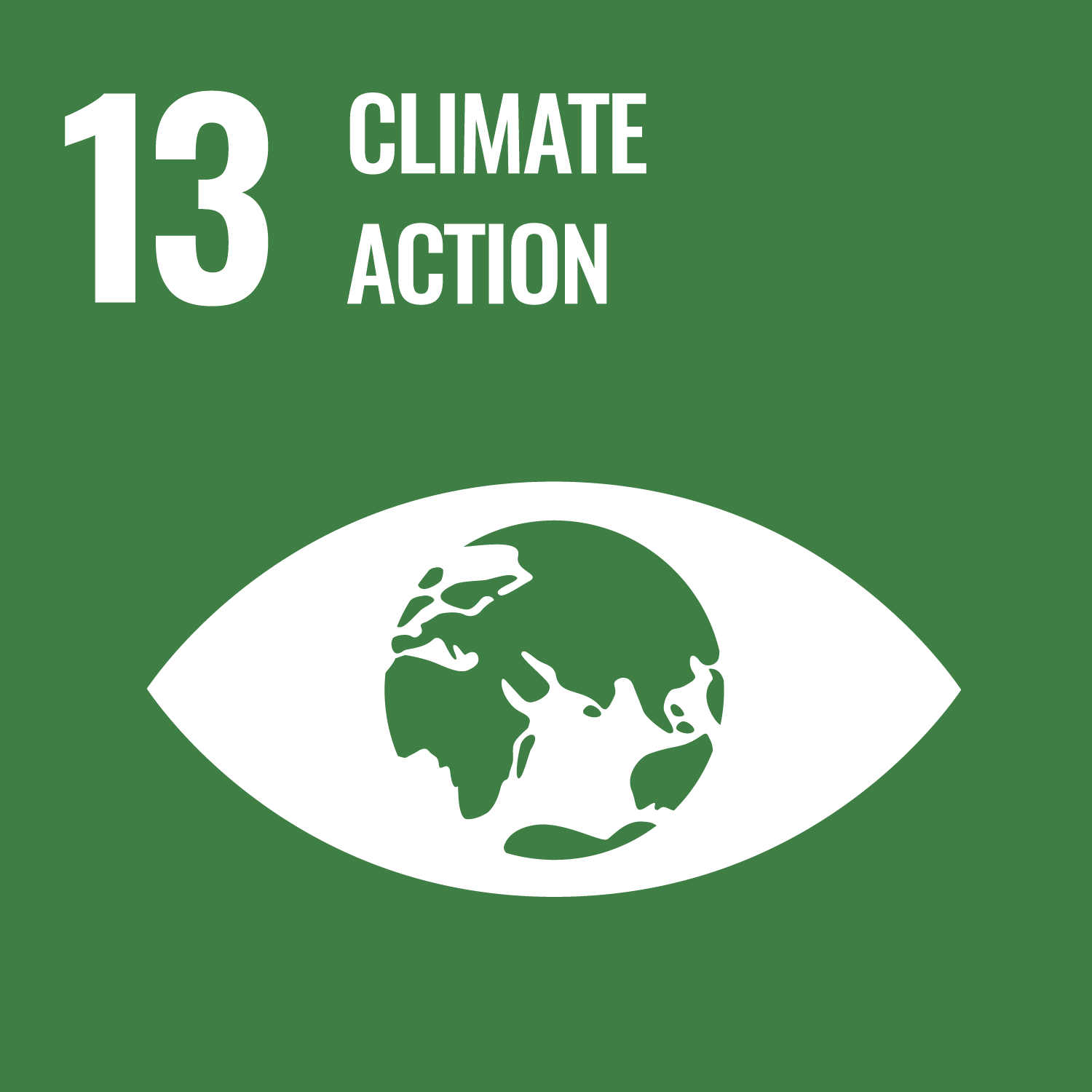ORCID
- Mark F Fitzsimons: 0000-0002-6443-6087
Abstract
Manufactured soils, created by combining various organic and inorganic waste materials and byproducts, may be tailored to specific applications, providing an alternative to the extraction of natural soils. It is important for them to be capable of supporting plant growth without the need for significant management or fertiliser applications, the over-application of which can have adverse environmental effects. We examined the dynamics of phosphorus (P) transformations within a manufactured soil and the implications for nutrient cycling. A freshly prepared manufactured soil (32.5 % composted green waste, 32.5 % composted bark, 25 % horticultural grit, and 10 % lignite clay) was studied over one year in temperature and moisture controlled mesocosms. Leachate was collected to achieve high-resolution monitoring of leached phosphate concentrations. Initially, leached dissolved inorganic phosphorus (DIP) concentrations were low (0.02 ± 0.01 mg P L-1), before increasing by 160 μg P L-1 d-1 over the first 42 days to 5.57 ± 1.23 mg P L-1. After reaching a maximum concentration, DIP concentrations remained relatively consistent, varying by only 1.67 mg P L-1 until day 270. The increase in leached DIP was likely driven by soil organic matter mineralisation and the cleavage of carbon‑phosphorus bonds by the soil microbes to satisfy carbon demand with mineralogical influences, such as a decrease in apatite content, also contributing. Sorption and desorption from soil particles were the processes behind the P loss from the soil, which was followed by slow diffusion and eventual loss via leaching. The fertiliser application on phosphate dynamics resulted in increased DIP leaching. P concentrations observed in the manufactured soil were within the range considered sufficient to support plant growth. However, the mean leached phosphorus concentrations were higher than reported eutrophication thresholds suggesting that these soils may pose a risk to surface waters in their current form.
DOI Link
Publication Date
2024-09-20
Publication Title
Science of the Total Environment
Volume
944
ISSN
0048-9697
Acceptance Date
2024-06-11
Deposit Date
2025-03-28
Embargo Period
2025-06-14
Funding
The support of the Eden Project Green, Science and Foundation Teams is gratefully acknowledged. This work was supported through a European Social Fund grant awarded to HKS.
Additional Links
Keywords
Biogeochemistry, Mineral weathering, Phosphorus, Soil nutrients, Sustainability, Waste derived manufactured soil
Creative Commons License

This work is licensed under a Creative Commons Attribution-NonCommercial-No Derivative Works 4.0 International License.
First Page
173979
Last Page
173979
Recommended Citation
Schofield, H., Tappin, A., Pettitt, T., Rollinson, G., & Fitzsimons, M. (2024) 'Inorganic phosphorus availability and mobility in a manufactured soil', Science of the Total Environment, 944, pp. 173979-173979. Available at: 10.1016/j.scitotenv.2024.173979




